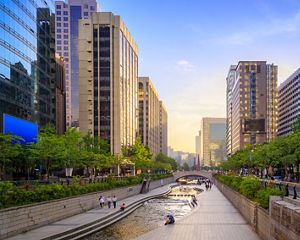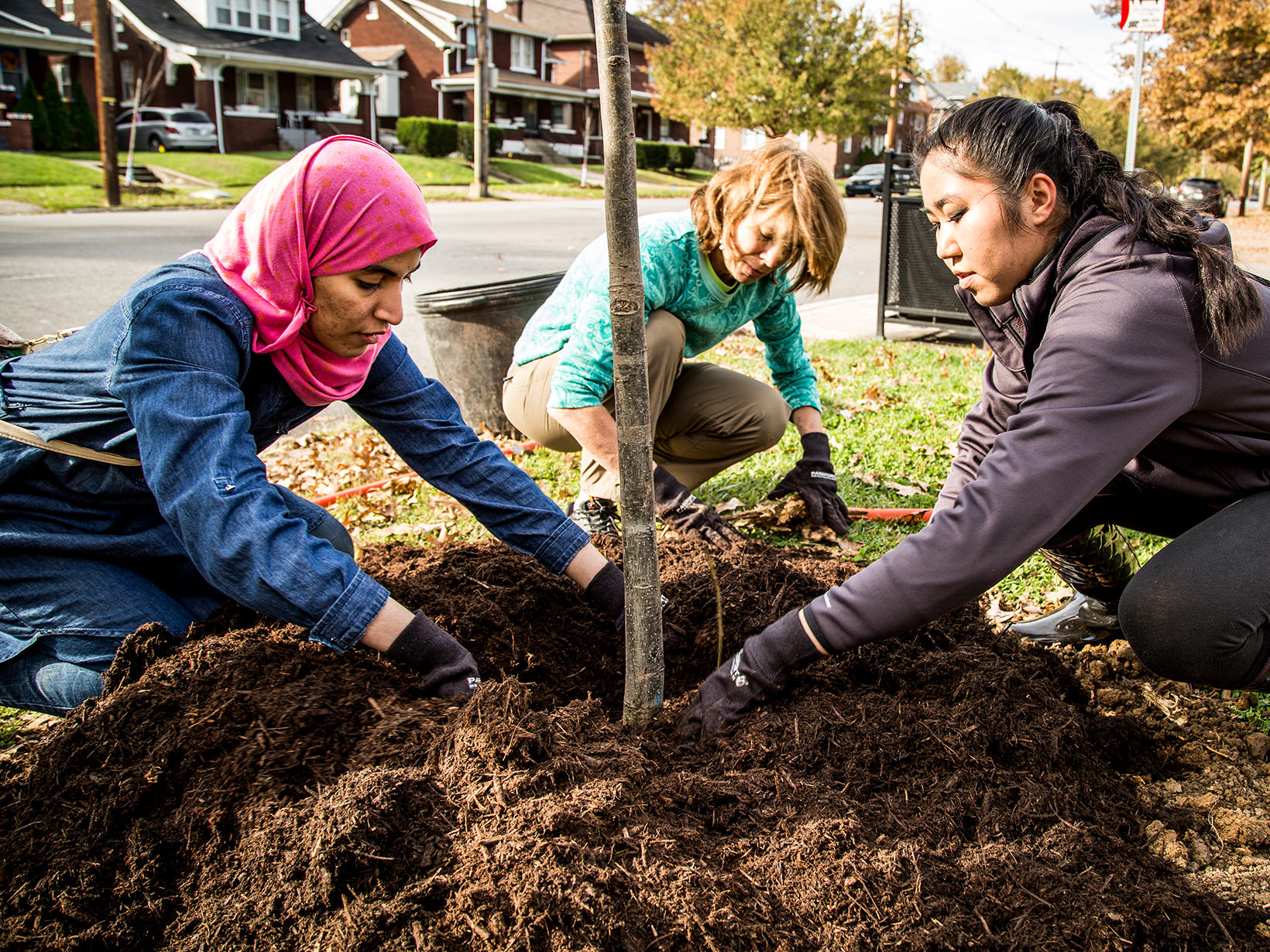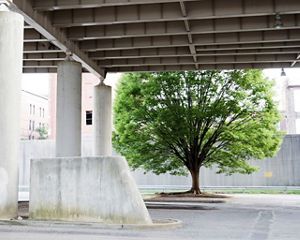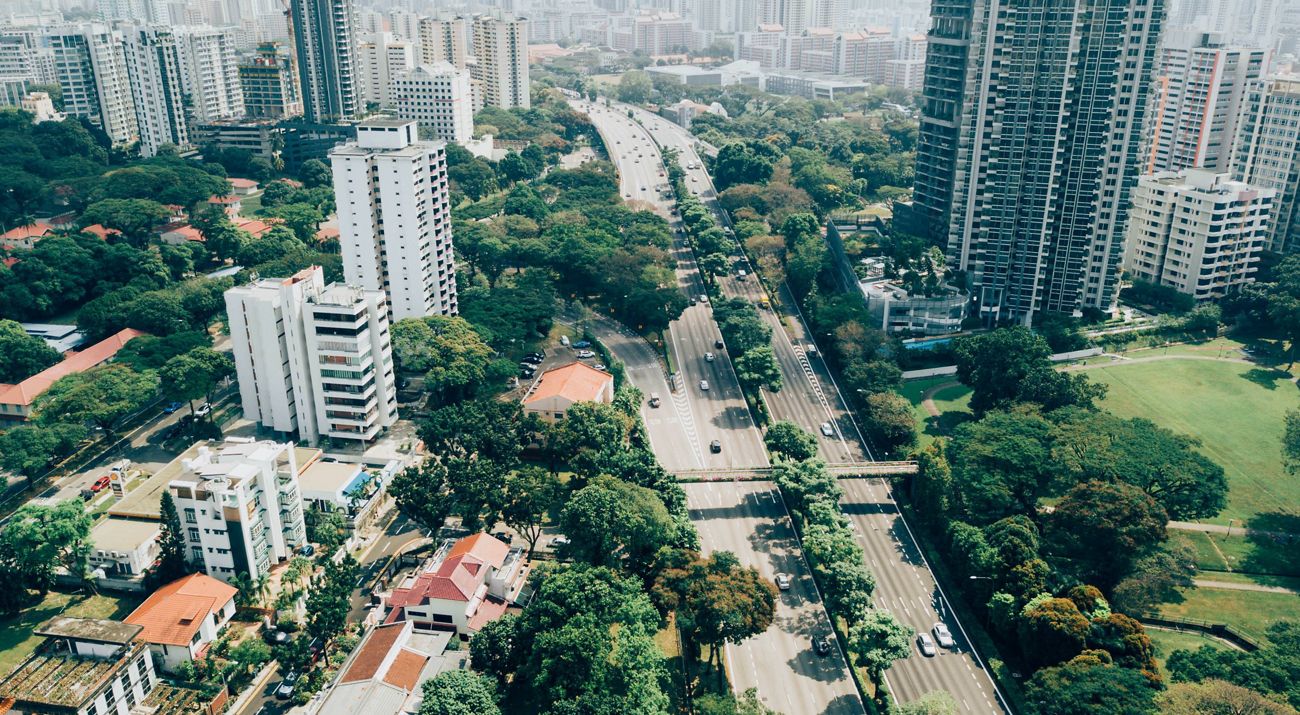
For many years, maps used to plan conservation projects would leave urban centers like New York City blank. Cities were literally — and intentionally — left off the map.
Today, conservationists are thinking differently. Cities can no longer be an after-thought or a charge left solely to urban organizations. More than half of the world’s population lives in cities, and this number is rapidly increasing. Climate change has exacerbated hazards to cities, like flooding and extreme heat, putting millions of people in harm’s way.
Cities present an interesting tension — as well as a big opportunity — for conservation groups that traditionally focused on saving the last pristine places. More people means more pressure on our natural resources to meet the demands of life. At the same time, urban living has many benefits for nature. Densely populated areas require less land to be developed, and resources and services can be delivered more efficiently. Well-designed cities with dense housing, walkable communities and good public transit can support low-carbon, sustainable lifestyles.
While valuing and enhancing natural areas in cities has long been an effort of park organizations, environmental justice groups, community land banks and others, large conservation organizations such as The Nature Conservancy (TNC), where I work, are quickly recognizing the power and potential of cities. Defining what “urban conservation” encompasses is still a challenge, but its essence is about managing a city’s natural resources and systems in a way that benefits both people and nature.
Quote
Access to the benefits nature provides — such as clean water, cool air and protection from flooding — should not be a luxury available to those who can afford it. It’s a right that goes to the core of human health and well-being.
Those of us involved in urban conservation continue to learn what works and what doesn’t. While we don’t have all the answers at TNC, we do know that conservation looks different in an urban setting in a few key ways. In a rapidly urbanizing world, these lessons could be useful for anyone trying to make cities greener and more equitable.
1. Put People Front and Center
In conservation, we often talk about protecting “keystone species,” which are species that define an entire ecosystem. In cities, humans are a keystone species: What humans do affects every other living being. The health and economic well-being of people’s a goal of urban conservation.
In a practical sense, people are at the center of every conservation decision in a city. In contrast to more traditional land or water conservation work, in cities there is rarely one right solution for a particular place. We can only co-create an approach with the community by building relationships and trust with residents, and by truly listening. Our expertise then can show up in context-appropriate ways.
2. Low-Income, Frontline Communities
In the United States, environmental challenges facing cities, such as sea-level rise and pollution, have a disproportionate negative impact on low-income communities. Many of these communities have not historically been engaged by the conservation movement because of multiple barriers. This must change.
Quote
We need to re-imagine cities as complex ecosystems where the built environment, nature and human communities work together to face unprecedented environmental challenges.
Access to the benefits nature provides — such as clean water, cool air and protection from flooding — should not be a luxury available to those who can afford it. It’s a right that goes to the core of human health and well-being.
We need to prioritize urban conservation projects that help people who need it the most. Adopting an equity-based approach to planning, community engagement and evaluation (one we’re taking at TNC) is critical to working authentically and transparently with partners and ensuring that nature — trees, green stormwater systems and open spaces — can make the biggest difference in underserved, diverse communities.
3. Recognize the Need for Flexibility and Adaptation
Historically, the term “conservation” has been about preservation, protection and permanence. But in cities, where everything is always changing rapidly, what does “conservation” even mean?
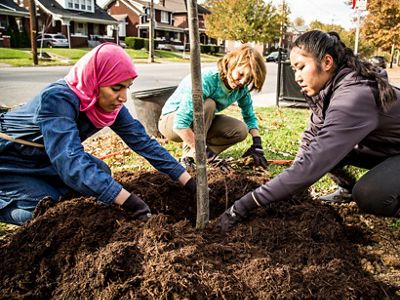
Conservation scientists adaptively manage landscapes based on local needs, barriers and opportunities. They care deeply about nature and want to have a positive impact on those natural systems. Those same skills — observation and adaptive management — and those same values — respect for diversity and the value of place-based conservation — translate powerfully to urban conservation programming.
But unlike trees and wildlife, the people in urban communities have a strong voice that is inextricable from conservation projects and mandates a participatory approach to planning that is inherently different from working in landscape conservation. This inclusivity is an opportunity that is unique to urban conservation.
We need to reimagine cities as complex ecosystems where the built environment, nature and human communities work together to face unprecedented environmental challenges.
Originally Posted in Ensia
September 14, 2018
View Original
Resources
-
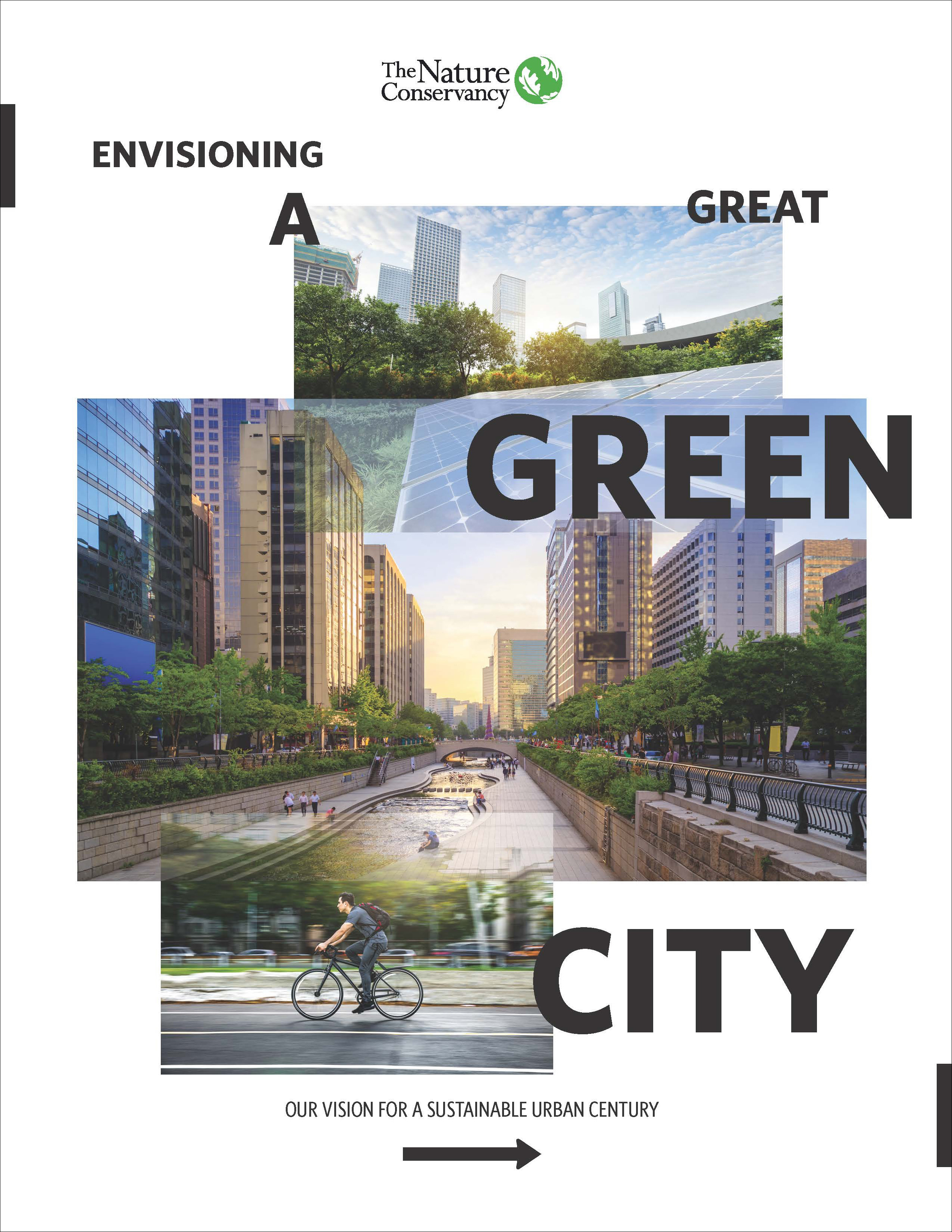
Envisioning a Great Green City
Report
View The Nature Conservancy’s vision for a sustainable urban century.
Download -
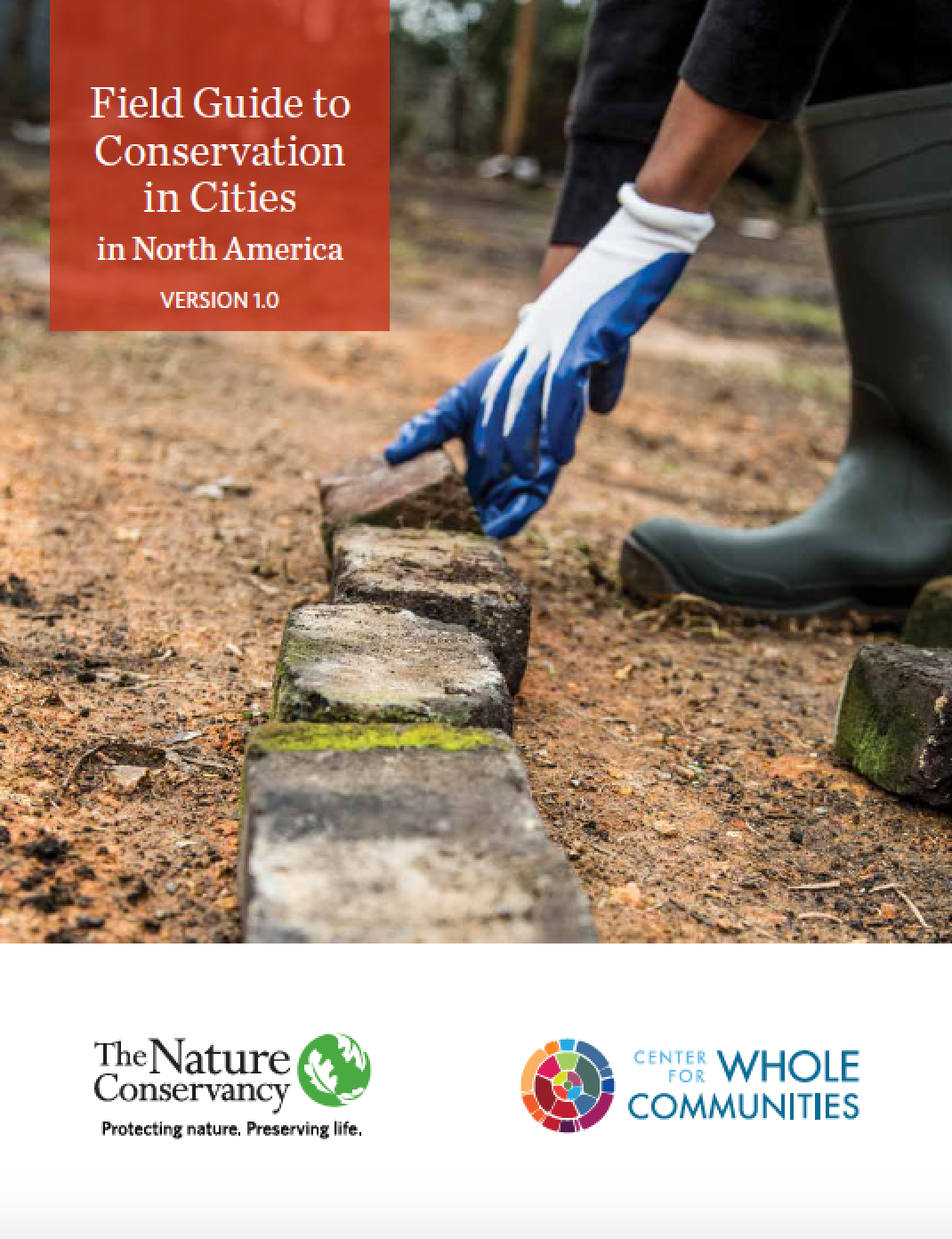
Field Guide to Conservation in Cities
Report
This guide provides guidance to conservation leaders in launching new or expanding existing urban conservation programs and partnerships.
Download

